The Power of Activism Apparel: How Fashion Can Drive Social Change
Threading Empowerment: The Intersection of Style and Social Change
Fashion has always been a potent vehicle for self-expression, but its role extends far beyond personal style. Clothing has consistently been at the forefront of activism, a tool to challenge norms, amplify voices, and demand justice. Whether it’s wearing something different than the status quo or less, adopting locally woven fabrics to reject elitist ideals, or donning garments with bold statements, fashion has long served as a canvas for societal change.
Sometimes, a single item becomes the emblem of an entire movement. A scarf transforms into a rallying cry, while T-shirts, caps, and tote bags carry messages that spark global conversations. As someone deeply fascinated by this intersection of fashion and activism, I have explored its historical and contemporary significance to understand its power.
A Historical Perspective: Fashion as a Catalyst for Change
In the late 18th century, French Revolutionaries, known as the “sans-culottes,” used fashion to assert their identity. By rejecting the aristocratic breeches in favor of full-length trousers, these working-class revolutionaries symbolized their fight for social, political, and economic equality. Their choice of attire became a visual representation of freedom and defiance against monarchy.
Similarly, in the early 1900s, suffragettes in the U.S. and Britain strategically utilized fashion to further their cause. Their streamlined clothing, including tailored suits and trousers, broke traditional norms and signified women’s evolving role in society. The suffragettes’ signature colors—purple for loyalty, white for purity, and yellow for virtue—visibly united them and reinforced their demands for equality.
In India, the Khadi movement, led by Mahatma Gandhi, exemplified how fashion could challenge colonial rule. Gandhi’s advocacy for handspun, handwoven cotton cloth symbolized self-reliance, unity, and resistance to British textiles. The spinning wheel, or charkha, became an enduring icon of India’s independence struggle, and Khadi remains a testament to the movement’s legacy.
Modern Movements and Fashion’s Role
The 1960s and 70s witnessed seismic shifts in activism, with fashion playing a pivotal role. Second-wave feminists embraced shorter hemlines, using the mini skirt as a symbol of liberation and defiance against patriarchal norms. Similarly, the Black Panthers adopted a uniform of black leather jackets, berets, and wore natural afros to assert pride and solidarity, challenging societal beauty standards and systemic oppression.
During the anti-Vietnam War protests, the hippie movement used colorful, flowing garments to promote peace and counterculture ideologies. Protest slogan T-shirts emerged in the 1980s, with designs like Katharine Hamnett’s “58% Don’t Want Pershing” drawing attention to nuclear disarmament. These garments demonstrated how fashion could distill complex issues into digestible, impactful statements.
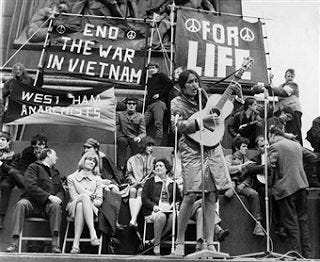

The Keffiyeh: A Timeless Symbol of Resistance
Among the most enduring examples of activism apparel is the keffiyeh. This traditional Palestinian scarf, with its distinctive black-and-white fishnet pattern, has a rich political history. Initially a practical garment, it became a symbol of rebellion during the 1936 Arab Revolt. By the 1960s, it was synonymous with Palestinian solidarity, thanks to figures like Yasser Arafat.
In recent years, the keffiyeh has sparked debates about cultural appropriation and its commercialization by luxury brands like Louis Vuitton. However, its core symbolism remains intact, representing resistance, resilience, and identity. Following the events of October 7, 2023, the keffiyeh’s prominence surged globally, becoming a staple at pro-Palestine demonstrations and a beacon of pro-justice solidarity.
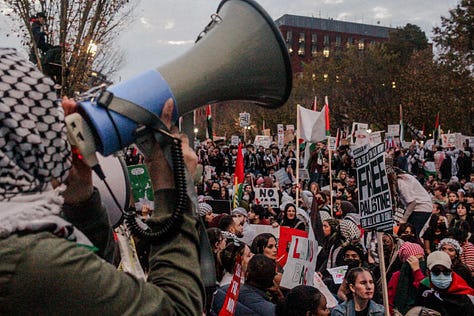

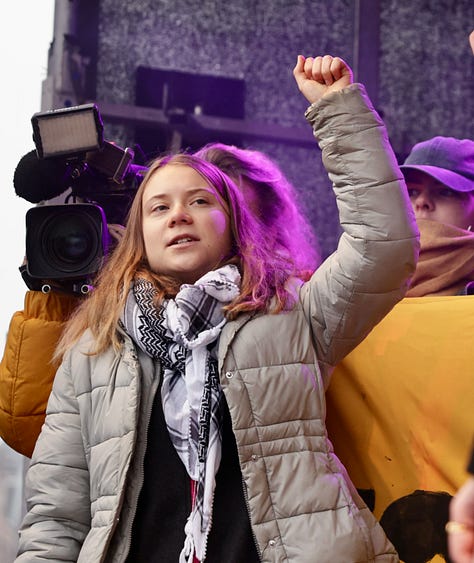
Equal Entrance: A Personal Journey into Activism Apparel
My own venture into activism apparel began in 2019 with the launch of Equal Entrance. Frustrated by the lack of scarves that carried empowering messages, I decided to create my own. My first designs included statements like “Love for All” and “Nevertheless, She Persisted,” words that resonated deeply with me as a woman navigating life far from home while raising a young family. My Know Justice Know Peace collection has become a staple to my online business.
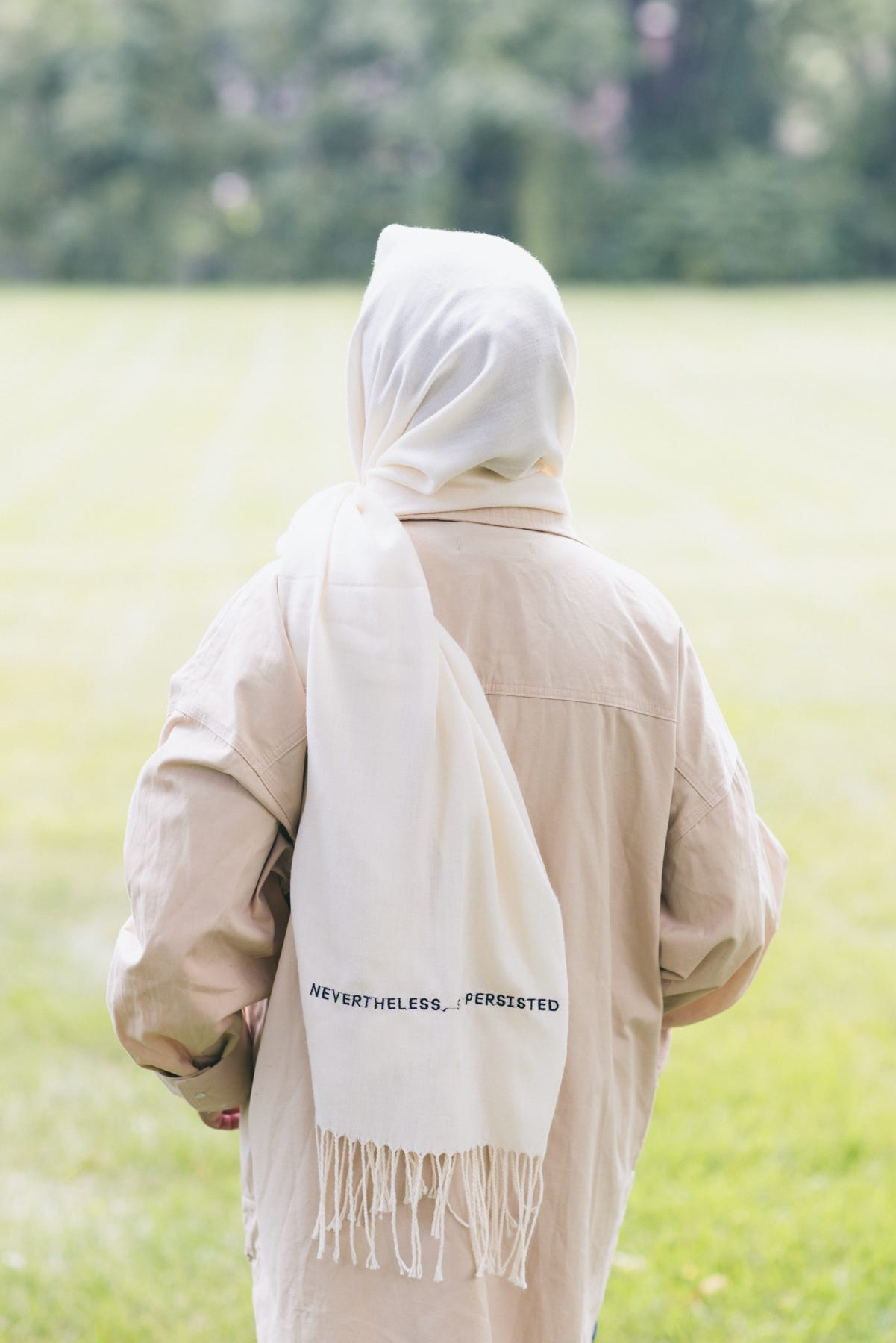
What started as a personal endeavor quickly evolved into a thriving business. Since then, I have sold thousands of scarves and expanded into other products, each piece designed to amplify messages of empowerment, social justice, and human rights. Following the October 2023 events, I reintroduced keffiyehs woven in Pakistan. These have been a tremendous success in raising significant funds to support humanitarian efforts in Palestine.
Fashion as a Force for Good
Activism apparel is more than just clothing; it’s a statement, a conversation starter, and a means of mobilization. Whether it’s a suffragette’s tailored suit, a Black Panther’s beret, a modern slogan T-shirt or an empowering scarf, fashion has the power to unite, inspire, and drive change.
Today, as movements for racial justice, climate action, and human rights gain momentum, the role of fashion remains vital. It challenges us to rethink consumption, support ethical practices, and use our purchasing power to advocate for causes that matter. Every piece of activism apparel—be it a scarf, a keffiyeh, or a T-shirt—is a reminder that fashion isn’t just about aesthetics; it’s about impact.
As we experience another seismic shift in American and world politics, the attire we wear will send a message on where we stand in the fight for human rights and justice. As I continue my journey with Equal Entrance, I remain committed to creating apparel that not only adorns but empowers. And I hope you join me in raising your voice, and expressing your voice through your fashion. Because in the end, what we wear can—and should—be a force for good.

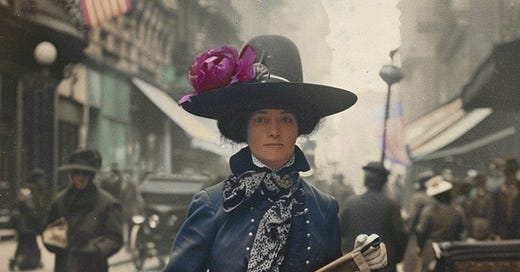



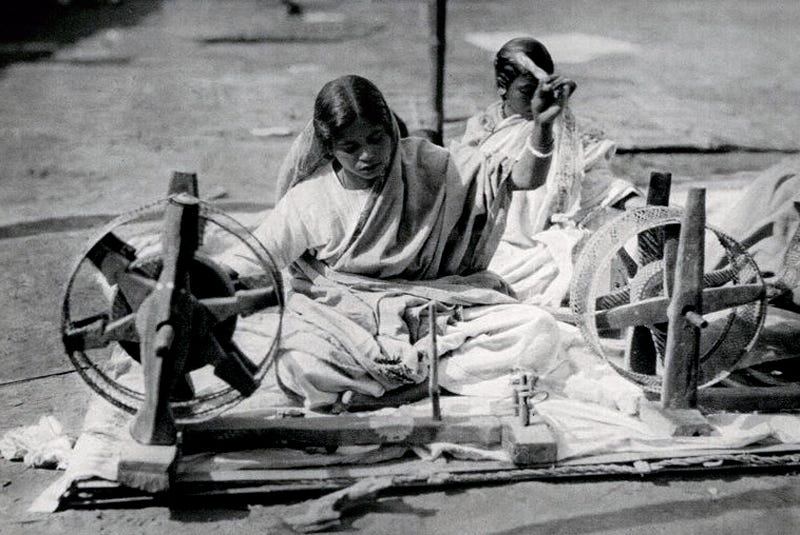
I remember in 1957. 2nd grade. The girls were given permission to wear shorts under our dresses so we could continue using the monkey bars and other playground equipment. It was a small but mighty empowerment for this 2nd grade girl who always beat the boys across. It was The Best.
You are absolutely amazing! I ordered a keffiyeh and T-shirt from your website and can't wait to wear them! (They're presents from my kids and Santa. 🤫♥️😉 I'll send pictures and rave reviews as soon as I can.) Your article about your beautiful daughter is so touching, my heart melted. Your strength is incredible! I read it on your husband's Substack and knew I immediately had to subscribe to you and check out your store. Thank you for sharing your story and your great talents. 🕊️♥️🤲